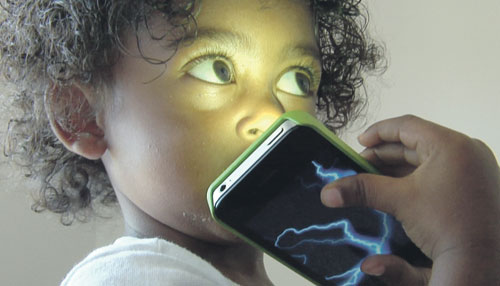
Wondering If Your Child Has ADHD?
Many children are fidgety at times, forget to turn in an occasional assignment, or misplace their favorite shirt. However, if you find these scenarios frequently occurring with your child or you notice that he is constantly distracted, forgetful, disorganized, or unfocused, your child may have ADHD.
Here are some signs of ADHD in your child to look out for:
- Your child constantly loses belongings. Papers from school seem to disappear regularly, and she consistently misplaces her notebooks, lunch box, folders, tablet – you name it. One minute she has her belongings, and the next minute you are helping her frantically search your home for them, regularly.
- Your child misses class instructions. You may have a brilliant child, but he constantly completes assignments incorrectly (and thus loses points) simply because he wasn’t listening to the instructions and didn’t follow the directions correctly.
- Your child is a daydreamer. His teacher notices that he frequently daydreams and loses focus at school, missing key information and notes from class.
- Your child has trouble waiting her turn. When playing a game or completing a group activity, your child tends to compulsively jump in and interrupt her peers rather than waiting her turn. This may frustrate her friends and others around her.
- Your child can’t sit still. When eating dinner, doing a homework assignment, or traveling on a plane, your child can’t sit still. He is constantly wiggling and squirming, unable to stay in one place for a long stretch of time.
- Your child has trouble completing tasks. She starts one task and then impulsively moves onto the next one before completing the first one. This leads to a multitude of unfinished tasks, assignments, and projects.
- Your child has trouble keeping his emotions in check. He has regular outbursts, both in private and public places, and can’t seem to contain his emotions.
- Your child makes careless mistakes. She might be a rock star at math and can correctly answer complex long division and multi-digit multiplication problems, but answers 4+1 incorrectly, possibly even subtracting instead of adding, and rarely self-checks her work.
- He is completely disorganized. His room is a mess, and the inside of his backpack looks like a load of garbage. Loose papers, notebooks, and old assignments are piled inside of it, and he rarely (if ever) cleans it out.
- She has poor time management skills. She rarely turns in assignments on time and underestimates how long it may take to get ready for a party, eat dinner, complete a homework assignment, or study for a test. This makes her, and possibly the rest of your household, constantly late or in a rush.
- He has trouble maintaining friendships. Your child may not always pick up on social cues, and you might find that his interruptions, lack of sharing and turn-taking, and impulsive behaviors negatively affect social situations. Thus, your child might have difficulty making and keeping close friendships.
So what should you do if your child exhibits some or all of these traits? First off, don’t panic! ADHD is more common than you may think, and it’s certainly not your fault. However, the sooner you can seek a diagnosis, the sooner you can identify a plan of action to help your child. Start by talking to your child’s teacher and see if he or she is noticing the traits above in class. Ask the teacher whether he or she notices your child having trouble sitting still, remaining focused on activities, listening to instructions, waiting his turn, and staying organized.
If your child’s teacher notices these struggles, and if you are also noticing these challenges at home, you may want to consider having your child evaluated. An evaluation performed by your school district is free, or you can choose to have a neuropsychological evaluation done privately. The evaluation will help determine whether or not your child has ADHD (and/or other learning challenges). At that point, he or she may qualify for support services either through an Individualized Education Program (IEP) or a 504 plan. You can also help your child at home by creating routines, limiting distractions, breaking down tasks into individual steps, and encouraging movement. The more proactive you can be at identifying your child’s ADHD and seeking the right strategies and services to support him, the more successful and confident he will be as the demands of school progress.
Psst…fussy baby or colic? Check out these tips, Colic: Expert Tips on Signs and Steps to Take


























